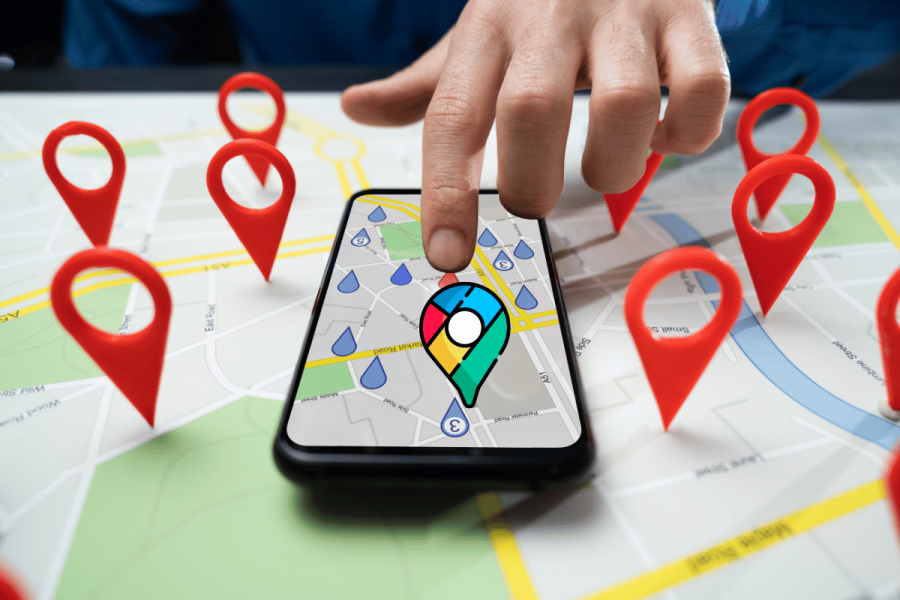Nvidia’s ambition to lead in the realm of AI extends beyond its renowned chip technology, as CEO Jensen Huang expresses enthusiasm for developing foundation models for humanoid robots, according to a recent TechCrunch report. The technology giant is leveraging its influence in AI hardware to pioneer innovations in robotics, marked by the announcement of Project GR00T at its annual GTC developer conference. This initiative underscores Nvidia’s strategic move into the competitive sphere of humanoid robotics, hinting at its potential impact on future AI applications.
Project GR00T emerges as Nvidia’s response to the growing interest in humanoid robots, proposing a general-purpose foundation model aimed at supporting a wide array of companies in this sector, such as Agility Robotics, Boston Dynamics, and XPENG Robotics. This move signifies Nvidia’s commitment to facilitating advancements in robotics, offering a platform that promises to accelerate development across various applications, from industrial automation to daily human assistance.
According to TechCrunch, Jonathan Hurst of Agility Robotics and Geordie Rose of Sanctuary AI lauded the initiative, highlighting the transformative potential of human-centric robots like Digit in reshaping labor and addressing major societal challenges. Nvidia’s partnership approach, focusing on collaboration and shared innovation, sets a promising stage for the evolution of embodied AI.
Accompanying Project GR00T, Nvidia introduced Jetson Thor, a computing marvel designed for humanoid robotics applications. This new hardware, featuring Nvidia’s Blackwell architecture, emphasizes the company’s efforts to push the boundaries of AI and robotics performance, facilitating the development of more capable and versatile robots.
Nvidia also unveiled two additional programs: Isaac Manipulator and Isaac Perceptor, targeting advancements in robotic dexterity and vision processing. These initiatives reflect Nvidia’s comprehensive strategy to influence a broader range of robotic functionalities, from manufacturing automation to autonomous navigation.









